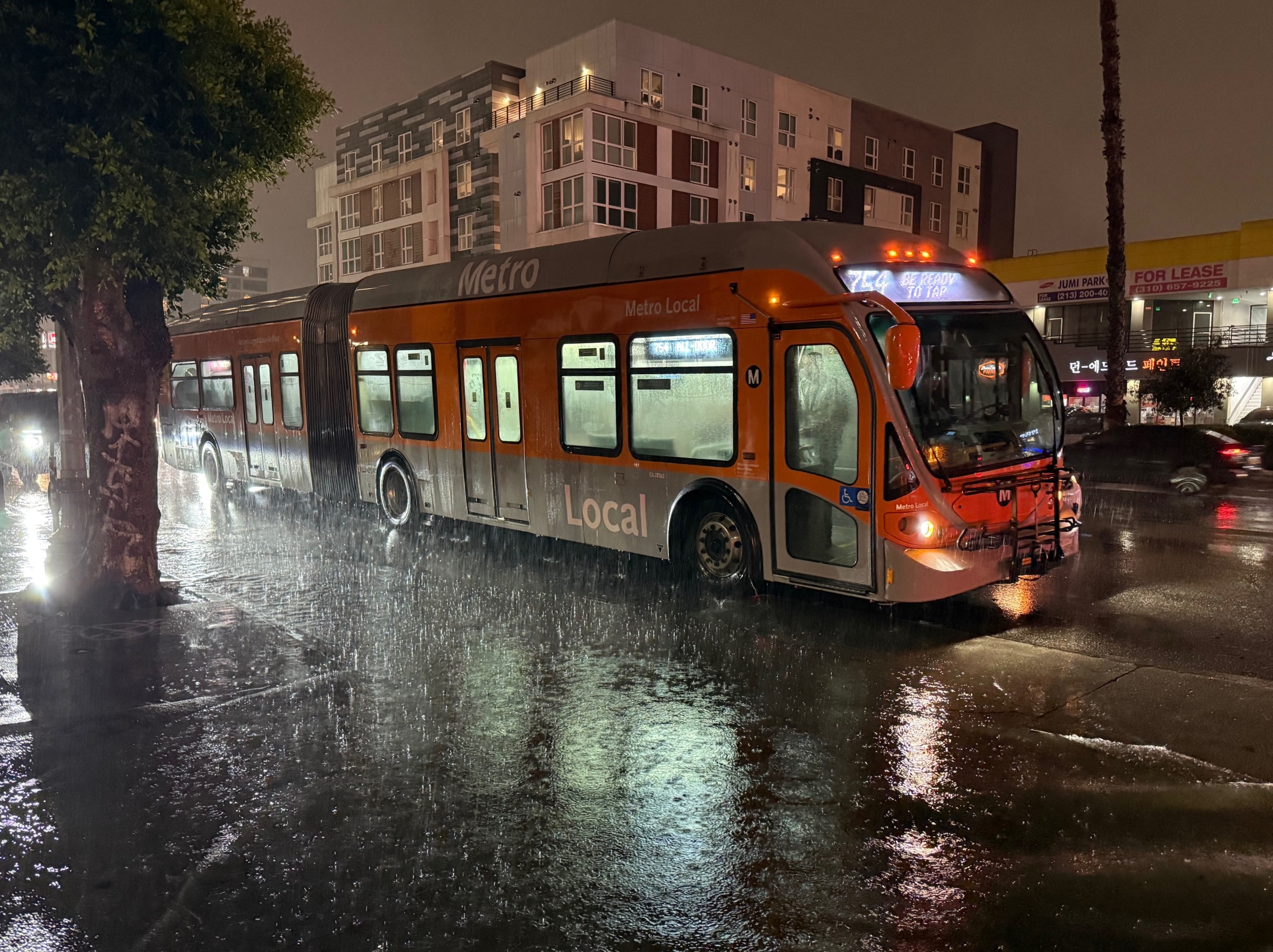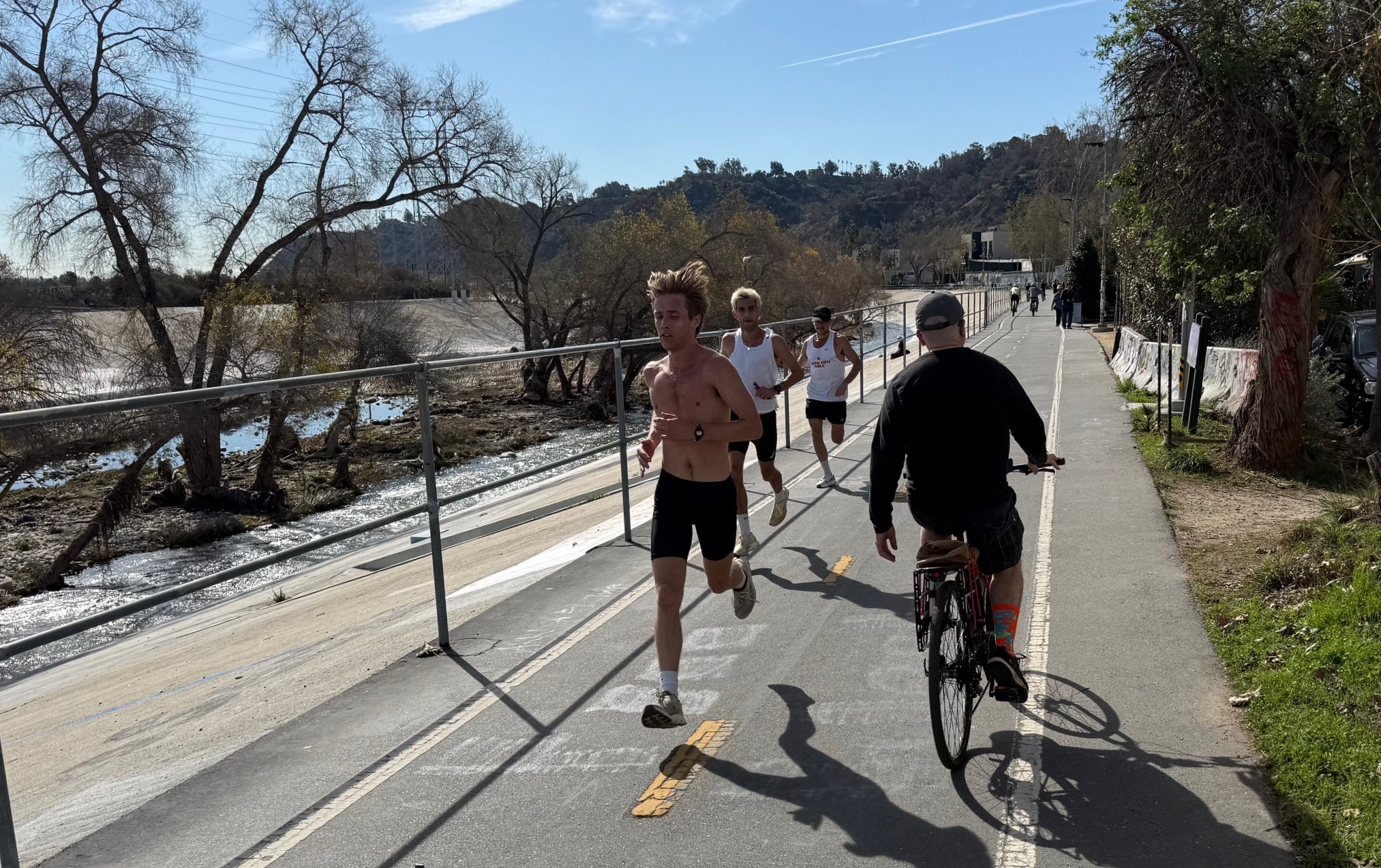It’s TIGER III time. The first round was $1.5 billion. The second round was $600 million. And now, get ready for round three. After surviving countless threats by budget-cutting Republicans in Congress, TIGER is back, granting $527 million for innovative transportation projects.
The "Transportation Investment Generating Economic Recovery" program lets cities, states and regions compete to show that their project will have a significant impact on the nation
“Through the TIGER program, we can build transportation projects that are critical to America’s economic success and help complete those that might not move forward without this infusion of funding,” said Secretary LaHood in a press statement. “This competition empowers local communities to create jobs and build the transportation networks they need in order to win the future.”
The announcement comes right on time. We found out in April that the money had been appropriated, and knew that a call for applications couldn’t come any sooner than 60 days after that. Applications will be due in the fall.
As we reported earlier, this round of TIGER will be all for capital investments, not planning or project design, and, as in TIGER II, applicants will have to provide at least a 20 percent match.
The TIGER program has been hugely successful, attracting more than 2,500 applications requesting more than $79 billion in the first two rounds. It’s also helped re-shape the discourse around transportation policy, proving the efficacy of competitive grant processes and encouraging a shift away from strictly formula-based funding. By having states and regions compete, the focus shifts to outcomes and performance, which forces decision-makers to use funds more wisely.
According to USDOT, “Projects will be selected based on their ability to contribute to the long-term economic competitiveness of the nation, improve the condition of existing transportation facilities and systems, improve energy efficiency and reducing greenhouse gas emissions, improve the safety of U.S. transportation facilities and improve the quality of living and working environments of communities through increased transportation choices and connections. The Department will also focus on projects that are expected to quickly create and preserve jobs and spur rapid increases in economic activity.”







